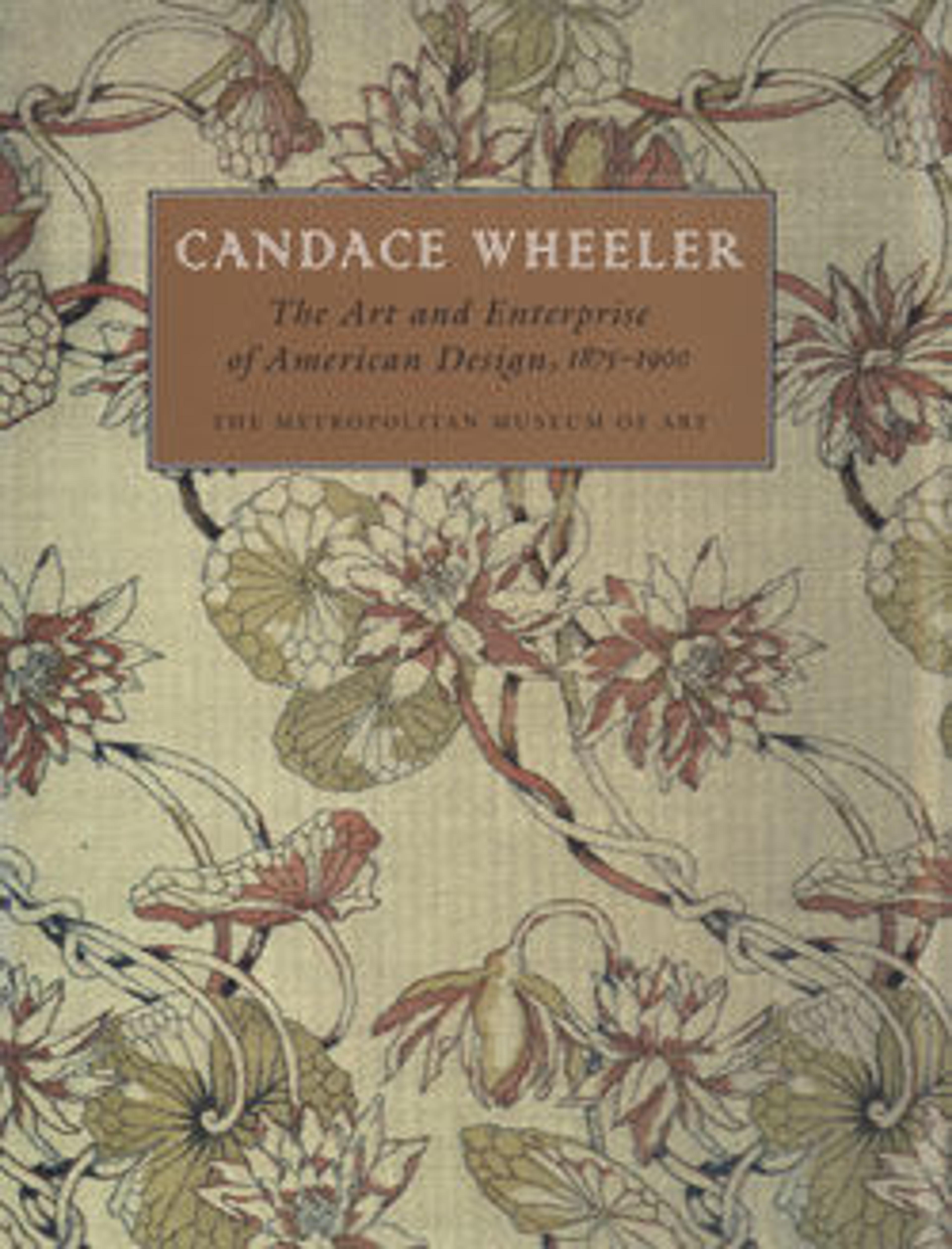Daffodil textile
Candace Wheeler (1827-1933), who probably designed this fabric, was a partner in Tiffany’s short-lived interior decorating firm “Louis C. Tiffany & Company, Associated Artists” (1881-83) along with painter Samuel Colman and designer Lockwood de Forest. When the firm dissolved and Wheeler went on to create her own textile design company, she continued to use the “Associated Artists” name. The use of a pile fabric as the ground for a printed pattern – in this case, cotton velvet – was relatively innovative at the time. The three-dimensional texture and light reflected from the surface of the pile contribute to the overall decorative effect of the design. The pattern of daffodils, with sinuous curving stems and leaves, is one of the firm’s designs closest in spirit to the Art Nouveau style. A sense of movement pervades the boldly drawn, naturalistic blossoms twisting and turning in all directions as they might on a windy spring day.
Artwork Details
- Title: Daffodil textile
- Designer: Candace Wheeler (American, Delhi, New York 1827–1923 New York)
- Maker: Associated Artists (1883–1907)
- Date: 1883–1900
- Geography: Made in New York, New York, United States
- Culture: American
- Medium: Printed and woven cotton velvet
- Dimensions: 32 1/2 x 37 in. (82.6 x 94 cm)
- Credit Line: Gift of Mrs. Boudinot Keith, 1928
- Object Number: 28.70.25
- Curatorial Department: The American Wing
More Artwork
Research Resources
The Met provides unparalleled resources for research and welcomes an international community of students and scholars. The Met's Open Access API is where creators and researchers can connect to the The Met collection. Open Access data and public domain images are available for unrestricted commercial and noncommercial use without permission or fee.
To request images under copyright and other restrictions, please use this Image Request form.
Feedback
We continue to research and examine historical and cultural context for objects in The Met collection. If you have comments or questions about this object record, please contact us using the form below. The Museum looks forward to receiving your comments.
